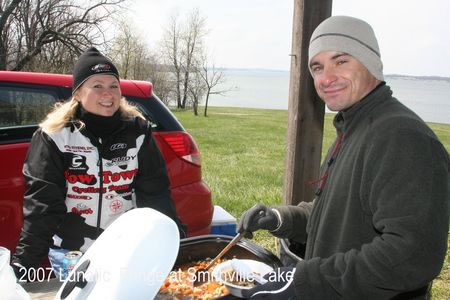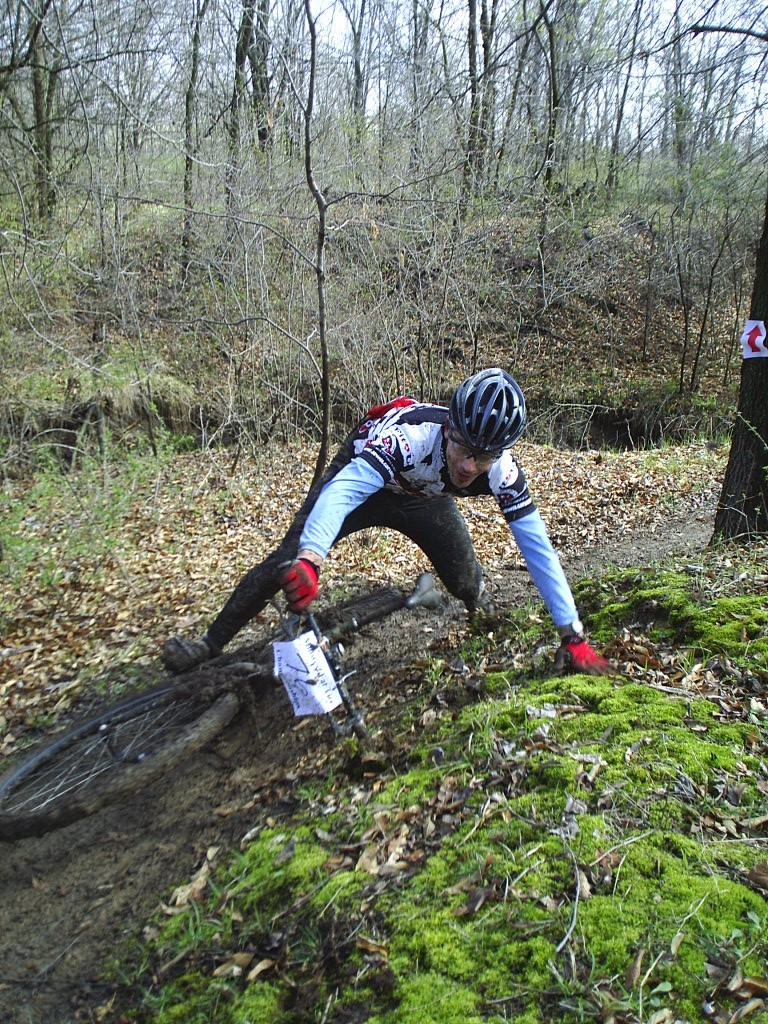Read the below report about massage then check out one of our team sponsors - Back and Body Works
All Cow Town members receive a 15% discount - just tell them you are a team member....
Massage Therapy for Triathletes and Cyclist?
This report filed - March 29, 2007
Josh Shadle, CMT
Massage can dramatically affect the body on the whole through various techniques and manipulations, improve recovery, and enhance performance. To best understand massage we must first go over a couple basic concepts before we talk about the physiological affects of massage.
Most common types of massage used to help triathletes and/or cyclist.
- Deep Tissue massage is probably the most effective massage technique a triathlete can receive. When deep tissue massage is used properly, it can break down adhesions, remove trigger points, relieve chronic tension holding patterns, break up metabolic waste, prevent injury, increase recovery time, enhance performance, and much more. Deep Tissue massage is best received well before events or throughout training leading up to races.
- Sports massage is usually geared towards athletes. However, it usually doesn't get to deeper layers like deep tissue massage. Sports massage is very individually based, depending on the sport or activity in which the client normally participates. There is a lot of kneading (picking up the muscle and squeezing) techniques used in sports when working in specific areas. It uses a faster pace than most massages and is mainly geared towards athletes to increase circulation of blood flow before the event, increase oxygen during the event, and helps to eliminate waste after the event.
- Swedish massage is considered to be one of the most widely used forms of massage in the United States. Lots of lotion and oil are used to work on superficial layers of the body to increase blood flow. This type of massage is great for relaxation, but it may not get to deep layers where trigger points, adhesions, and possibly scar tissue live. Various techniques are used including effleurage, petrissage, friction, vibration and tapotement.
- Neuromuscular massage is extremely broad in what it can do for an athlete. Neuromuscular massage includes treatments such as myofascial release, trigger point therapy, muscle energy techniques (MET's), cross fiber friction, Cyriax (cross fiber friction on a specific lesion point), isometric strengthening, postural analysis, functional muscle testing or resisted range of motion testing, and much more. This type of massage is best used for someone who has specific issues such as a high hip, buckling knees, pain in a specific area, recurring pain, chronic pain, a postural dysfunction, traveling pain, balance problems, and much more. A client usually comes in with 2-3 areas that need to be worked and normally 60-75 minutes are spent analyzing the posture, checking alignment, testing range of motion, and then breaking the layers down to the specific muscle or problem. A good neuromuscular massage therapist can determine which muscles need to be strengthened and which ones need to be released. They should also be able to give you isometric exercises to strengthen the weak areas. A good therapist should always give you homework. Common problems among triathletes are weak hips. This can be caused by a functional (muscle related) high hip, which is usually misdiagnosed as a leg length discrepancy. This is something a neuromuscular massage therapist can work with to level out the hips and to strengthen them assuming there isn't a structural leg length discrepancy and the only way to verify that is by an x-ray.
How often should you receive massage? Massage is most beneficial when receiving it on a regular basis, especially if you are a very active triathlete. The most common amount is once per week because any less its almost starting over every time you come back in for a massage, depending on the amount of training you participate in. The idea is to make a big difference and the problem with coming in any less is that it is very difficult to break down layers of the body or even the whole body when frequent visits aren't made. Try to find an affordable massage therapist who meets your needs and stick with them, try not to jump around therapists.
There are many physiological affects that happen under a therapist's hands. By decreasing the damage done by heavy training, aiding in recovery, and reducing fatigue, massage allows you to train harder, longer, and more efficient thus giving you better performance while preventing injury. Keeping your body in tune is vital, whether you're going sub-4 hours in a half ironman or doing your first sprint triathlon.
Known benefits of massage therapy:
- According to Elliot Greene of American Massage Therapy Association, when massage has been substituted for rest, massage has been recorded to show 20-75%, even 100% muscle recovery, that is why you usually see boxers getting massage between rounds instead of resting.
- Break up metabolic wastes thus reducing that fatigue feeling when you shouldn't be feeling fatigued, like at the beginning of a workout. Metabolic wastes build up either by vigorous activity or by inactivity. Massage works like a pump, like the heart pumps the blood, massage dramatically moves wastes and lymph though the lymphatic system, which does not have a pump. Metabolic wastes is composed of nitrogenous wastes from the breakdown of proteins, inorganic phosphorus, sodium chloride (salt), excess water, carbon dioxide from increased respiration, and urea (AMTA Elliot Greene & Human Anatomy & Physiology). Basically massage increases the body's ability to make the necessary secretions and excretions.
- The oxygen capacity of the blood can increase 10-15% after a massage (AMTA Elliot Greene).
- Neuromuscular Massage can specifically help with balancing out muscles by loosening contracted (shortened) muscles and stimulating weakened/flaccid (stretched out) muscles. What does this mean to a triathlete? By releasing contracted muscles, it may make the weak ones stronger promoting more efficient training, which increases performance in the long run. Massage gently stretches out the muscle and connective tissue that surrounds the body by reducing tension without irritating the muscle. It is also vital to know which muscles need to be stretched out vs. stretching every single muscle when certain muscles may already be stretched out. A therapist should be able to show and prove this to you.
- Lactic acid and carbonic acid build up after exercise begins. These waste products irritate nerve endings and muscles thus affecting performance. These waste products can lead to cramping if not flushed out. As you exercise, acids are formed when glycogen in the muscles and liver are burned to keep you going. Pain persists until these acids are stored again or flushed out via the lymph system. Once the lymphatic system is flushed out, muscle recovery rates increase.
Aches and pains don't always have to be part of your training; a good coach or a competitive athlete should tell you so. As your training increases for the upcoming season and your body gets in shape, wastes get backed up. Your body needs more oxygen and nutrients than ever before to keep it in tiptop shape. Make sure you listen to your body's needs so it can lead you to your goals.
 Christopher Locke handed out his business card in his field by beating a newcomer local in his race. Although a derailed chain almost derailed his chances for win number 4 in as many races.
Christopher Locke handed out his business card in his field by beating a newcomer local in his race. Although a derailed chain almost derailed his chances for win number 4 in as many races.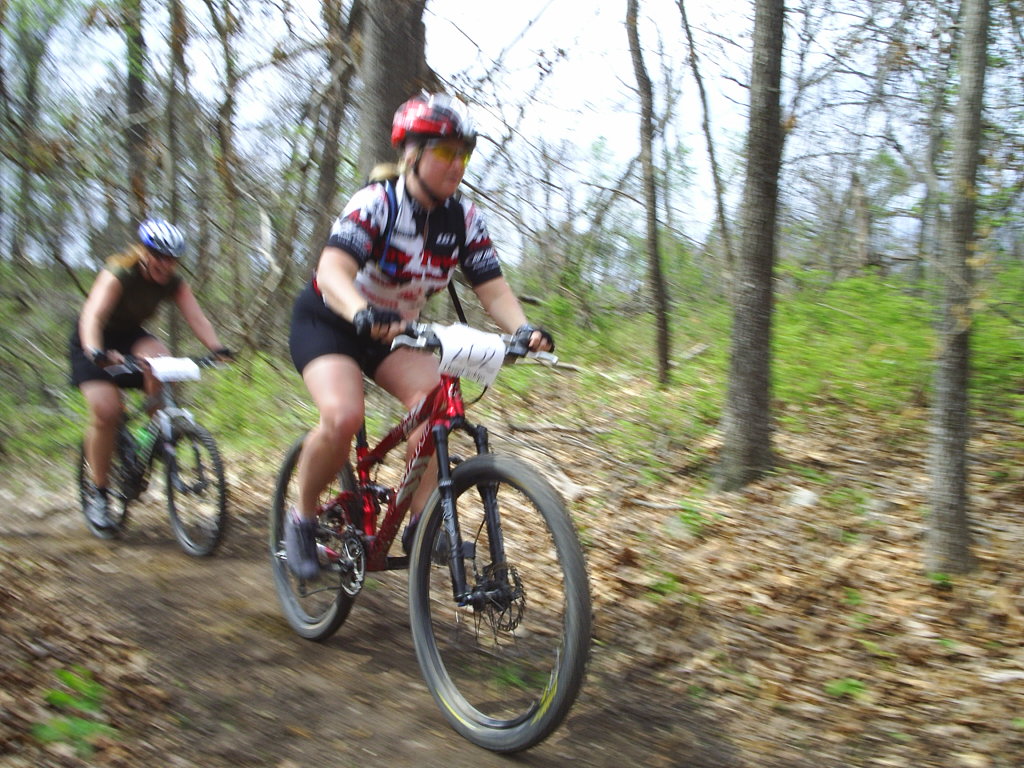 taking the lead mid-race when the leader (who was a doctor) had to respond to a beeper call. Carolynn rode steady on an admittedly unsteady course of loose rocks and sandy patches.
taking the lead mid-race when the leader (who was a doctor) had to respond to a beeper call. Carolynn rode steady on an admittedly unsteady course of loose rocks and sandy patches.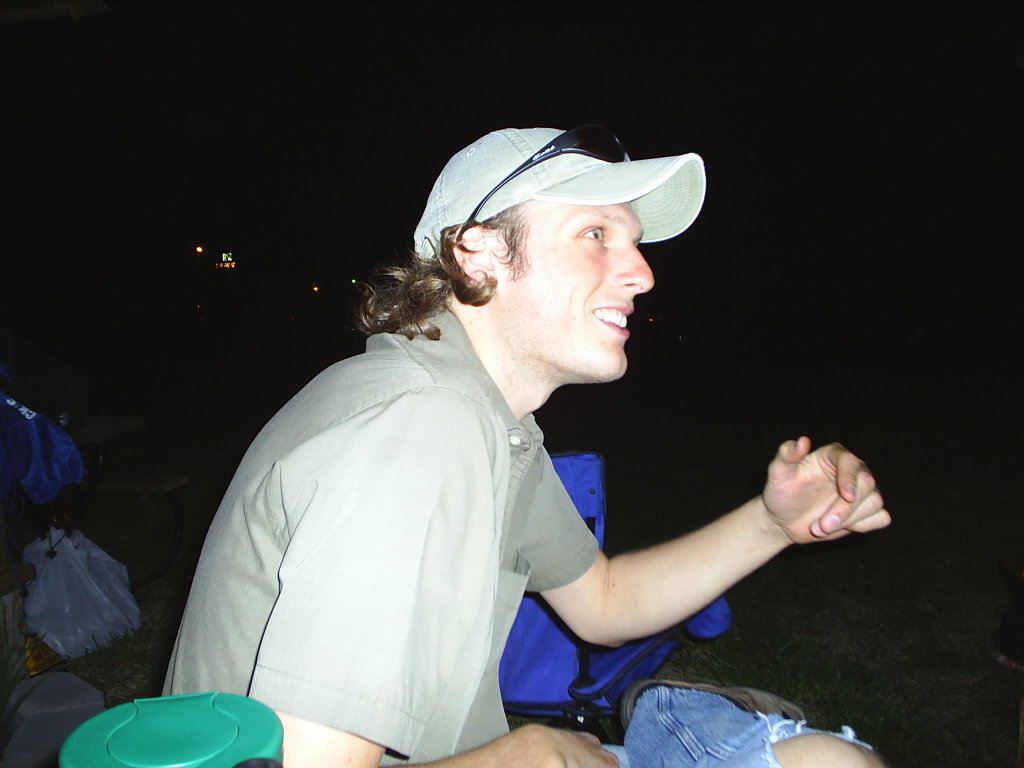 Neil Orange said "NO" to the Beginner 20-29 field by placing first in
Neil Orange said "NO" to the Beginner 20-29 field by placing first in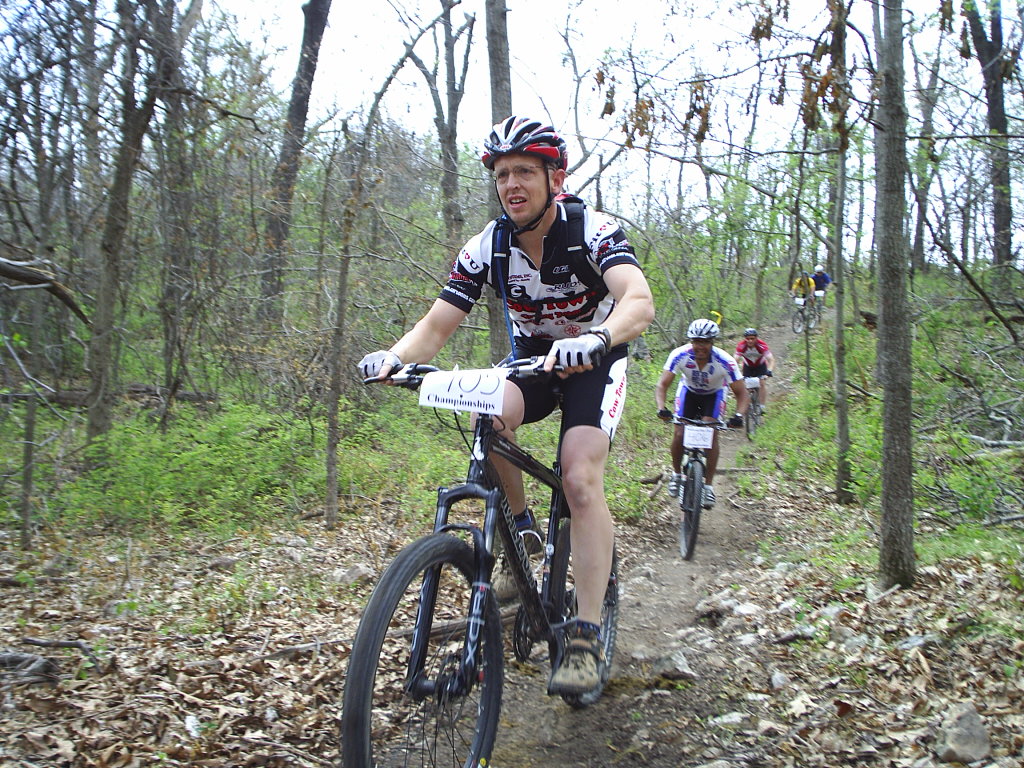
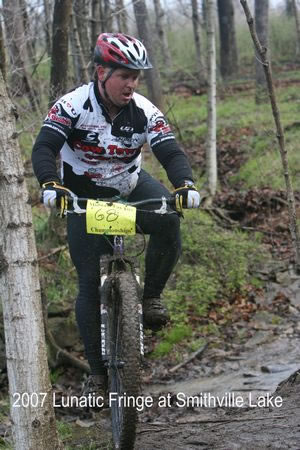 G Arantowicz chose the singlespeed again for a course that offered just a little bit too much climbing to make it beneficial. He finished mid-pack in the Sport 30+ class after detonating like on tactical nuke on the 3rd lap.
G Arantowicz chose the singlespeed again for a course that offered just a little bit too much climbing to make it beneficial. He finished mid-pack in the Sport 30+ class after detonating like on tactical nuke on the 3rd lap.